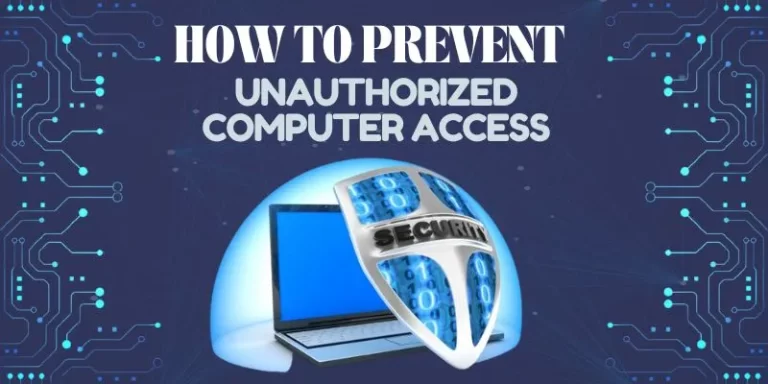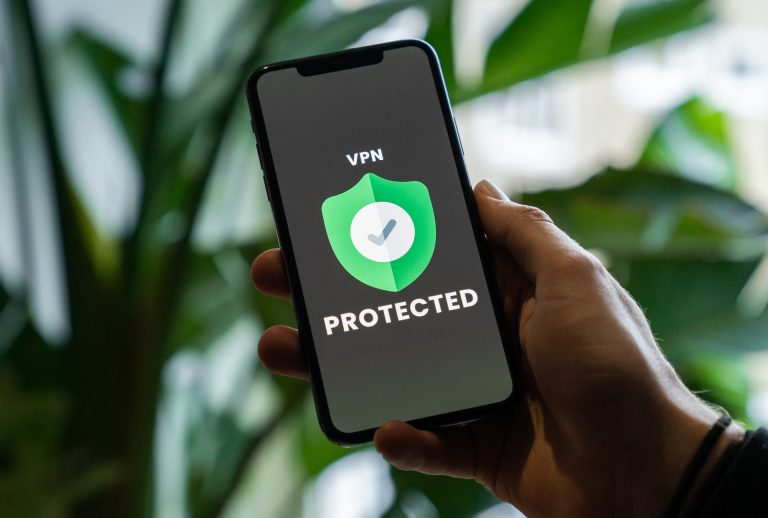How Phishing Attacks Work?

In the world of hacking, phishing is one of the most common types of attacks. In essence, it is an attempt to trick you into revealing personal or financial information by impersonating someone you know.
Phishing is also known as “spear-phishing” because it attempts to infect you with malware via an email attachment. The best way to avoid being targeted by a spear-phishing attack is not to open unknown or suspicious attachments in emails.
What is Phishing?
Phishing is a type of cybercrime in which criminals try to obtain personal information, such as passwords or financial information, by masquerading as trusted sources such as banks or e-commerce sites.
Phishers often send out spoofed e-mails that look like they come from legitimate organizations, and ask their targets to provide sensitive information. In recent years, phishing has become increasingly sophisticated, with criminals using realistic graphics and layouts to make their messages look more authentic.
In a typical phishing scam, criminals send one or more e-mails to victims. These e-mails contain links that can take users to fraudulent websites that look real but are actually fake. The targets are then asked to provide personal or financial information, such as a password or bank account number. The criminals use this information to steal the victim’s money.
According to a McAfee report, phishing attacks cost consumers and companies over $1 billion per year. For small business owners, the problem of phishing can be particularly worrying.
Check How To Secure Your Smartphone From Viruses?
How do phishing attacks work?
Phishing attacks are a form of online threat that involves tricking someone into providing personal information such as their login credentials or bank account information. Attackers will often send out emails that appear to be from well-known brands or popular websites, asking the user to provide this information in order to verify their account.
If the victim falls for the scam, they will unknowingly give away sensitive information which can then be used by the attacker to access their accounts and steal money or other assets. Phishing attacks can be incredibly successful, with over 50% of users falling for a phishing attack at least once in their lifetime.
Phishing scams are becoming increasingly sophisticated and the amount of money that has been lost to phishing scams is significant. The average loss caused by phishing attacks is estimated at $2.3 billion per year, with losses as high as $1.8 billion in 2015 alone.
Check Best Mobile Spyware Apps

How to protect yourself from phishing attacks?
Phishing attacks are a type of cybercrime that involve sending emails with malicious content, such as links to fake websites, in an attempt to obtain sensitive information from the victim. In order to avoid being scammed, it is important to be aware of the signs that you may be the target of a phishing scam and how to report it.
Some simple tips include being suspicious of unsolicited emails that ask for your personal information, never giving out your personal information without verifying the source, and using a password manager. To avoid becoming a victim of phishing, take these precautions:
- Always use caution when clicking on links in emails – especially if the email is from someone you don’t know well;
- Be suspicious of any unsolicited email that asks for personal information – be sure to check the sender’s address and contact information before submitting any data;
- Don’t open attachments unless you are specifically asked to do so by the sender;
- keep up-to-date with industry security standards and practices by using common online security tools, such as antivirus software and firewalls;
- Always keep checking for spyware on your phone and keep your phone updated.
- Only use online banking services and other secure websites;
- If a friend or family member asks you to send money, don’t do it. Scammers use fear and intimidation to get your money.
- Never give out financial information over email unless you initiated the contact with that person and know them personally.
- Be careful when browsing the web. When you visit a website, read the address bar and look for words that are out of place. For example, you might see a website with “www.” or “HTTP://” instead of “HTTPS://.” This is a clue that the website isn’t secure. If you ever see a website that looks suspicious, never enter your information on it. Instead, use a different website to complete the transaction.
- Keep monitoring your phone’s activity to be on the safe side.
Check Spyware & What Are Its Types
What to do after being a victim of any Phishing Scam?
Phishing scams are becoming increasingly more common, with scammers targeting individuals in order to steal their personal information. If you’ve been the victim of a phishing scam, there are a few things you should do in order to protect yourself.
The most important thing is to be aware of the signs that something is amiss and to take action if you see any of them. Here are some tips on how to report phishing scams:
1. Report the scam to your bank or credit card company as soon as possible. This will help prevent any financial damage from happening and will help law enforcement track down the perpetrators.
2. If you have been scammed in person, don’t respond to the person who contacted you. Immediately call your bank or credit card company, or contact law enforcement if they have not already done so.
3. Check your phone for Spyware. You need to immediately find out if your phone is tapped or not. There are numbers to dial to see if your phone is tapped. You can also install anti-spyware apps to detect spyware on your phone.
4. Report the scam on social media sites such as Twitter, Facebook, and other social media platforms.
5. You should also report the scam to your internet service provider and any other third-party sites or services that may have been compromised as a result of the scam.
6. Finally, be sure to keep a copy of all of your correspondence with the scammer in case you need it for legal purposes.
7. If you are certain that you were scammed, report the scam to your local law enforcement agency.
Check How To Keep Your Property Safe And Insured
Conclusion
In conclusion, Phishing is an extremely common form of cybercrime. It’s so common, in fact, that it has become a term in the mainstream media, and is used by many people in their everyday lives.
Phishing can be carried out through emails, phone calls, text messages, and even social media. If you’re not careful, you may find yourself the victim of a phishing attack. Phishing attacks can also be used to steal money or other valuable items, such as bank account details.
If you think that you have been a victim of a phishing attack, contact your bank immediately and they will help you get your information back.






